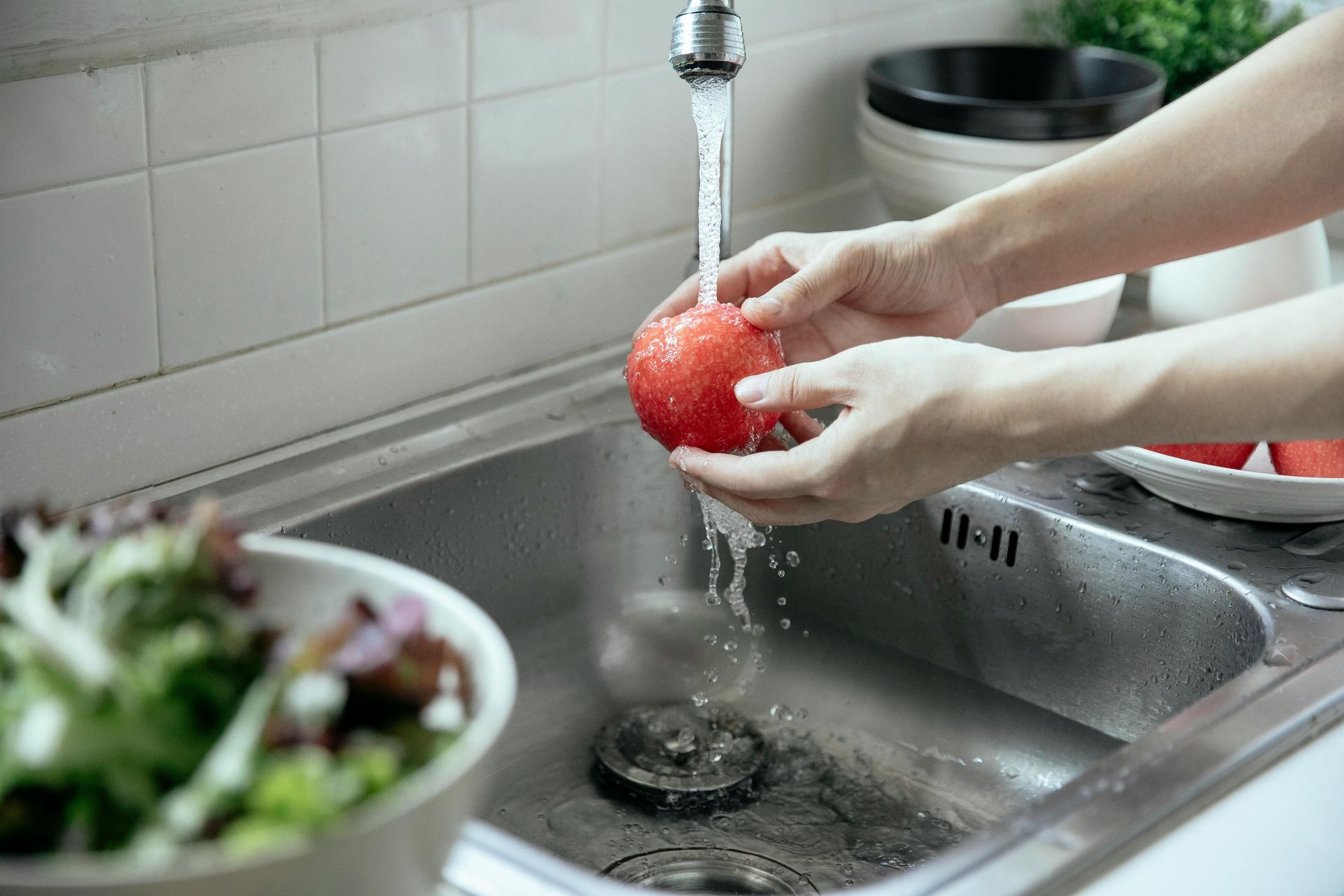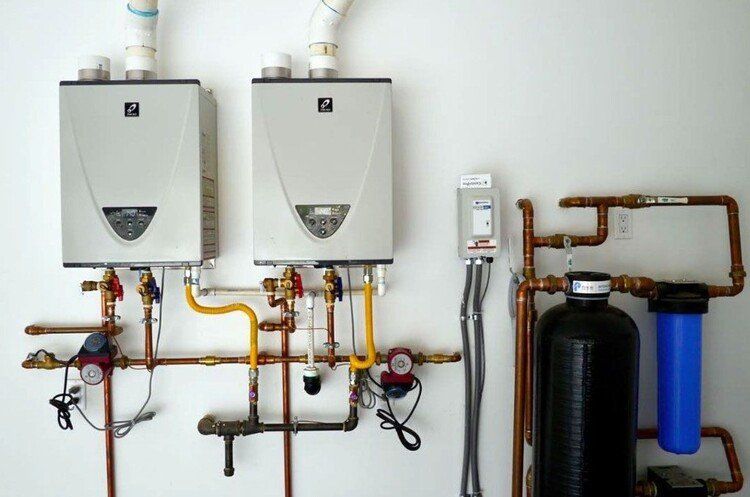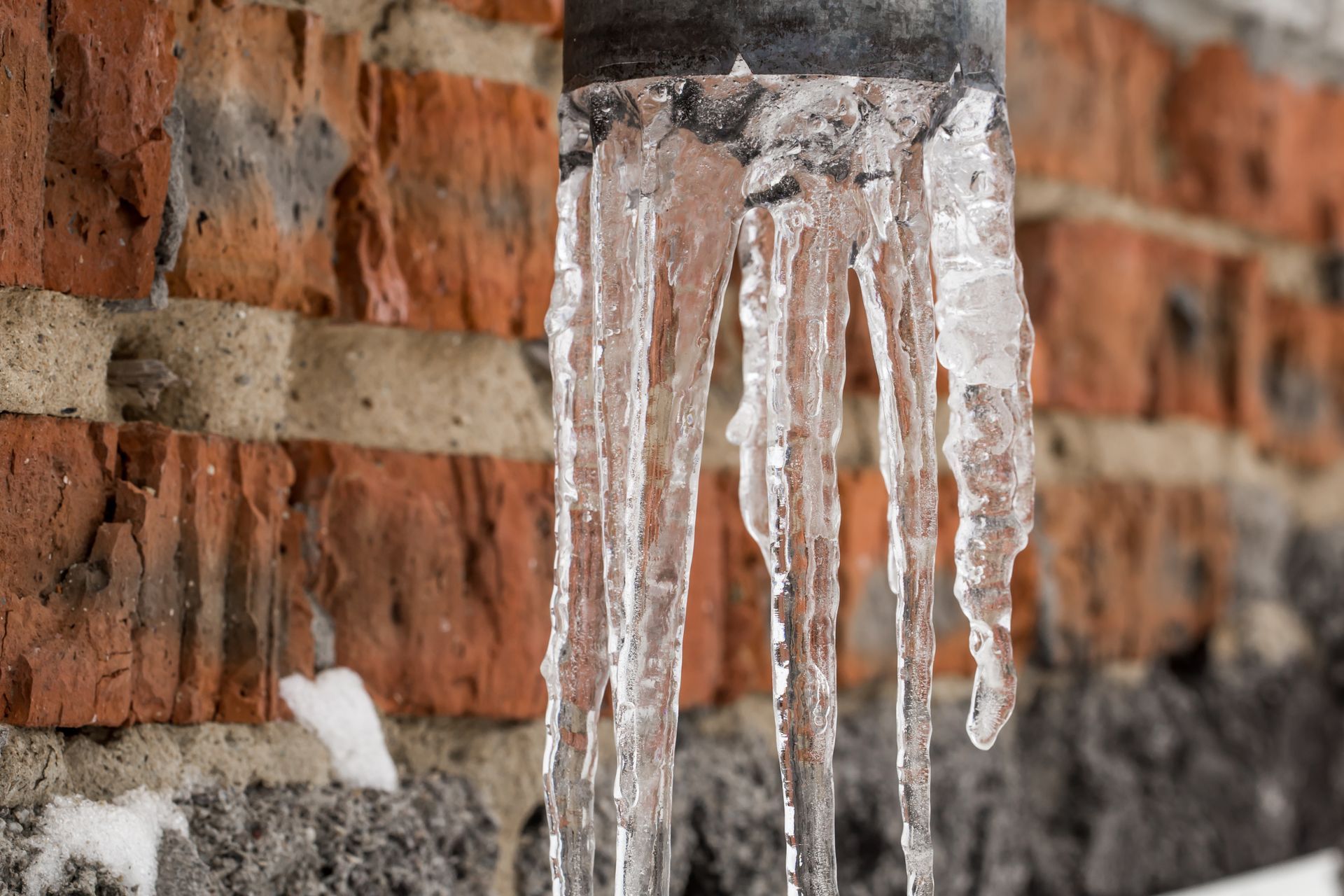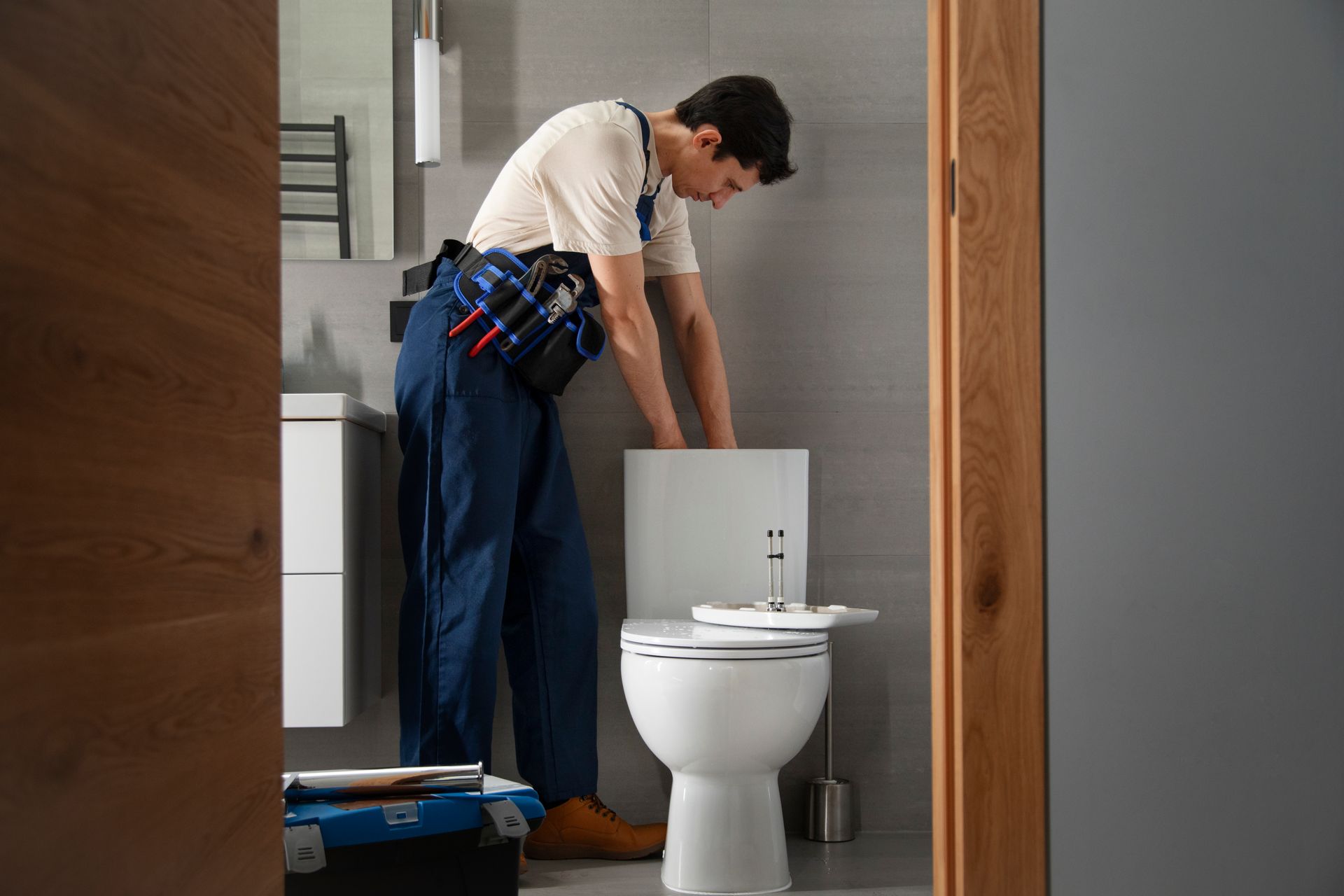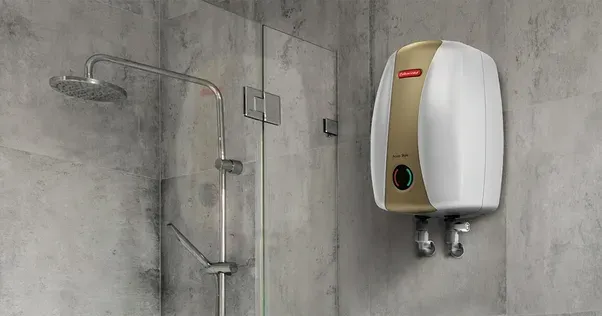Detecting Hard-To-Find Plumbing Leaks Before They Become Expensive
Plumbing leaks pose one of the most insidious threats to a home’s infrastructure, especially when they go undetected for extended periods. Hidden leaks, often confined within walls, underground, or beneath floors, can gradually cause significant water damage, mold growth, structural decay, and elevated water bills. Detecting such leaks early requires a combination of keen observation, modern technology, and professional expertise. This article delves into sophisticated techniques and practical strategies for identifying hard-to-find plumbing leaks before they escalate into costly repairs. Whether you are a homeowner seeking preventative measures or considering professional help, understanding these methods is vital for effective home maintenance and protection.
Understanding the Risks of Undetected Plumbing Leaks
Leaks that evade immediate notice tend to cause the greatest damage over time. Water can seep into building materials, fostering mold proliferation that jeopardizes indoor air quality and occupant health. Structural elements such as drywall, wood framing, and flooring can weaken or rot, leading to expensive repairs. Hidden leaks often manifest subtly through symptoms like unexplained spikes in water bills, faint musty odors, or sporadic damp spots. Homeowners typically underestimate the severity until visible damage appears, by which point remediation may be extensive.
To mitigate these risks, conducting routine visual inspections combined with advanced leak detection technology is imperative. Engaging licensed plumbers such as All City Plumbers can ensure that both visible and concealed leaks are accurately identified and resolved early. Expansion tanks connected to water heaters or heating systems should also be checked, as faulty tanks can cause pressure irregularities contributing to leaks downstream.
Advanced Leak Detection Technologies and Techniques
Modern plumbing professionals rely on a variety of non-invasive tools and methods to detect leaks that traditional visual inspection cannot easily find. These innovative technologies minimize property disruption while providing precise leak location for efficient repairs.
- Thermal Imaging (Infrared Scanning)
Thermal imaging cameras detect temperature variations on walls, floors, and ceilings caused by escaping water. Since leaks can cool or warm adjacent materials, infrared scans reveal “hot” or “cold” spots invisible to the naked eye. This method is especially effective for leaks behind drywall, under tile floors, or in attic spaces. Thermal imaging expedites diagnosis with minimal damage to surfaces. - Acoustic Leak Detection
Water escaping from pressurized pipes creates ultrasonic sounds imperceptible to human hearing but detectable by highly sensitive acoustic listening devices. Plumbers place specialized microphones on pipes, walls, and floors to isolate the noise signature of leaks. Acoustic testing is invaluable for locating underground leaks, slab foundation leaks, or minor weeping pipes without excavation. - Pressure Testing and Isolation
Pressure testing involves shutting off the main water supply and monitoring for pressure drops that indicate leaks within closed plumbing systems. Isolation techniques help narrow down the leak location by segmenting the plumbing network and testing individual sections. These approaches are particularly useful for new installations or repaired pipelines where leaks might be subtle. - Dye Testing
Introducing harmless colored dyes into toilets, drains, or irrigation systems can pinpoint leaks when colored water appears where it shouldn’t, such as around fixtures or on floors. Dye testing complements other detection methods and is effective for fixture leaks or suspected imperceptible flow. - Video Pipe Inspection
Cameras attached to flexible cables are inserted into drain lines and pipes, transmitting real-time images to the plumber. This allows direct visualization of cracks, corrosion, blockages, or leaks inside inaccessible pipes, guiding targeted repairs and reducing guesswork.
Practical Tips for Homeowners to Spot Hard-to-Detect Leaks
Even without professional devices, homeowners can take initial steps to identify potential hidden leaks:
- Regularly check water meters for unexpected consumption increases when no water is used.
- Inspect ceilings and walls for discoloration or peeling paint which may indicate moisture behind surfaces.
- Listen for unexplained running water sounds or hissing noises near appliances and pipes.
- Feel walls or floors for dampness or warmth that could signal leaks.
- Monitor utility bills for sudden spikes that water loss may cause.
The Role of Expansion Tanks and Associated Pressure Management
Expansion tanks are crucial components in systems with water heaters or closed-loop heating due to thermal expansion. When water heats, it expands and increases system pressure; without a functional expansion tank, this pressure can stress pipes and joints, increasing leak risks. Annual inspection and maintenance of expansion tanks, including pressure checks and diaphragm condition, should be part of an integrated leak prevention plan.
Calling Professionals: What to Expect When You Call for Help
When leaks are suspected but difficult to find, consulting experienced plumbers like All City Plumbers is advisable. Upon calling for help, you can expect a professional process beginning with a thorough assessment which includes detailed questioning about symptoms and visible indicators. The plumber will then use advanced diagnostic equipment—such as thermal imaging cameras, acoustic sensors, or video inspection tools—to pinpoint the leak location accurately.
The technician will explain findings transparently, recommend cost-effective repair options, and provide clear estimates before commencing work. Skilled plumbers prioritize minimizing property disruption, so most detection and repair methods are non-invasive. Post-repair, you can expect guidance on preventing future leaks and maintaining system health, including advice on monitoring expansion tanks and regular inspections.
Conclusion
Detecting hard-to-find plumbing leaks before they develop into expensive repairs demands vigilance, advanced technology, and expert intervention. Utilizing thermal imaging, acoustic detection, pressure testing, dye tests, and video inspections offers comprehensive tools for uncovering concealed leaks efficiently and non-destructively. Homeowners benefit from regular monitoring, awareness of subtle leak symptoms, and scheduled professional maintenance that includes assessment of expansion tanks and pressure regulation devices.
Engaging professional services like All City Plumbers ensures you receive expert diagnosis, transparent communication, and effective repair solutions tailored to your home. Knowing what to expect when you call for help empowers you to act decisively, safeguarding your home’s structural integrity, reducing water waste, and ultimately saving money by preventing costly plumbing emergencies before they arise.

